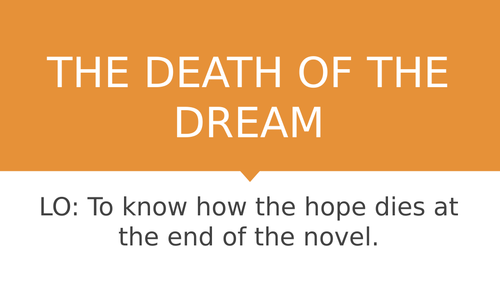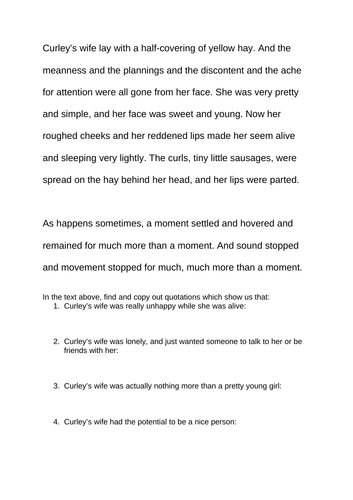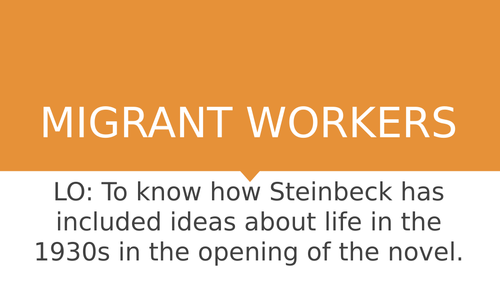Frances Jones' Shop
I am a Head of English at an independent school in central London, managing the department from EYFS to GCSE. Prior to this post, I taught at a secondary school in Kent, from Year 7 to A Level. This shop is home to my resources for literature and language throughout all the years!





















